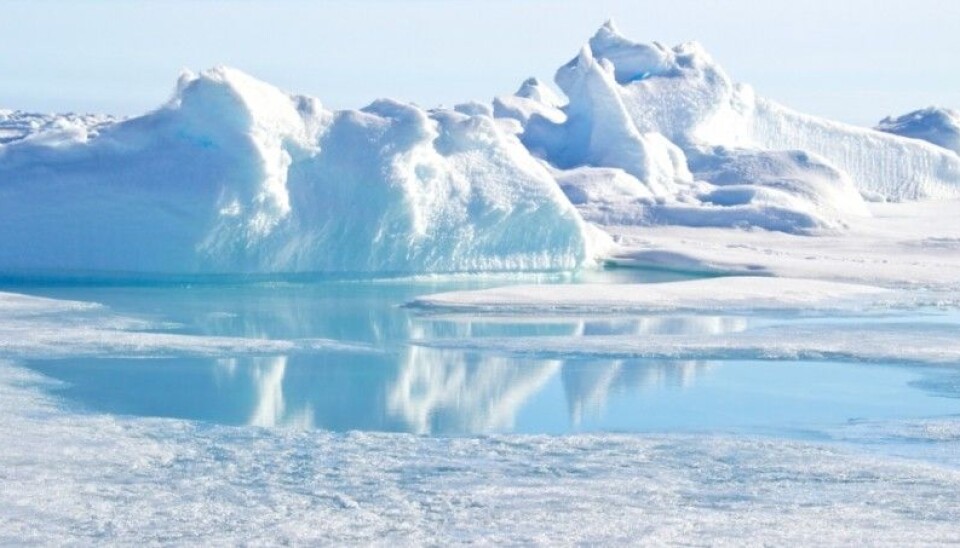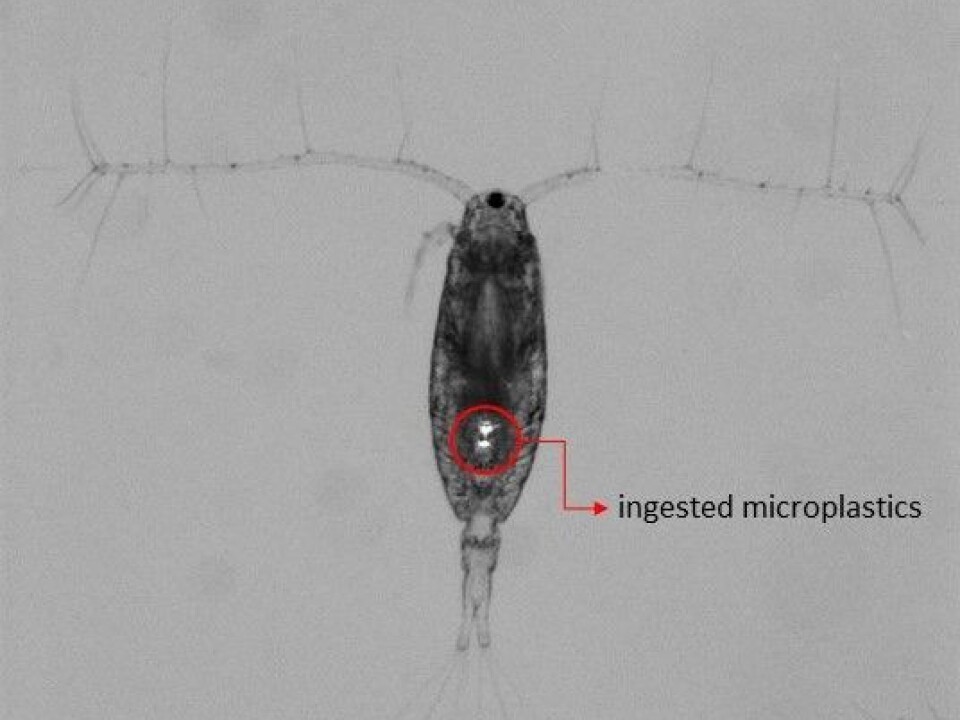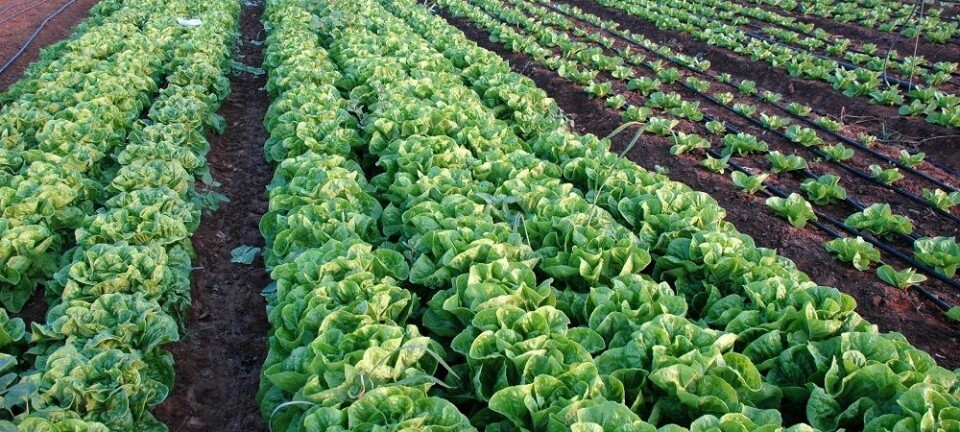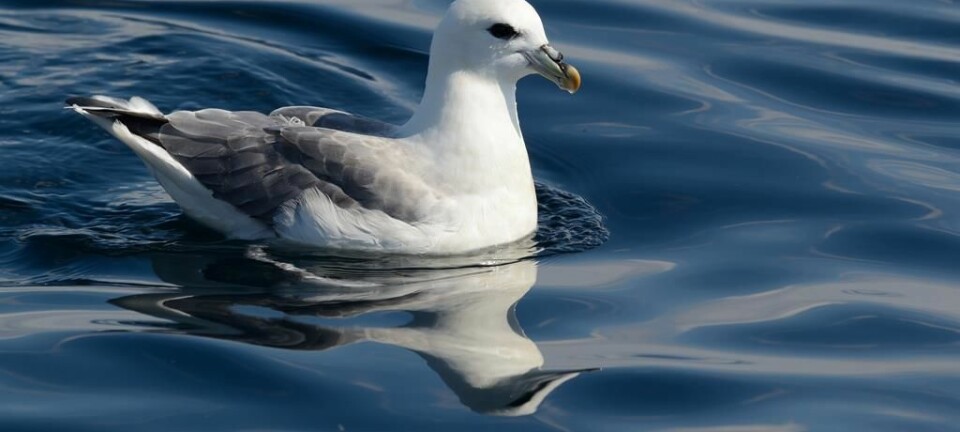This article was produced and financed by NILU - Norwegian Institute for Air Research

Thousands of plastic pieces are floating towards the Arctic
Ocean currents carry plastic debris from all over the world towards the Arctic, but we cannot blame it all on others.
Though distantly located from industrialized centers and agricultural regions, the Arctic serves as "a sink" for global pollutants.
The atmosphere, oceans and rivers transport the pollutants released at lower latitudes and deposit them in Arctic ecosystems.
Scientists are now finding plastic debris in all Arctic marine habitats. Scientific models are predicting a sixth major garbage patch forming in the Barents Sea between Novaya Semlya, Franz Josef Land and Svalbard.
Plastics, large and small
Senior scientist Dorte Herzke from NILU – Norwegian Institute for Air Research and Claudia Halsband, senior scientist at Akvaplan-niva, have conducted research on marine plastics for almost a decade. In a new report, Herzke and Halsband give a summary of what is currently known about marine plastics in the Arctic.

"Plastics are released into the environment from a range of different activities," says Halsband.
"Industrial activities such as commercial fishing, use of plastic abrasives, and spillage of plastic pellets are probably the main source for plastic ending up in the ocean. Domestic applications such as washing microfiber clothes, mismanaged waste and municipal wastewater also contribute to the pollution."
Where does the plastic come from?
Marine plastics and microplastics find their way into the Arctic in different ways. Some models have shown that transport via ocean currents from more densely populated areas further south is highly likely. Water from the Atlantic entering the Arctic Ocean through the Fram Strait contains plastic debris, as well as other pollutants such as persistent organic pollutants (POPs) and heavy metals.
"In addition to this long-range transport, local sources also play a role," Herzke explains.

"With more people living in and visiting the Arctic, more plastic products are being used. Add that to a changing climate which is causing damage to human constructions and releasing decade-old entrapped plastic debris from melting sea ice. The result is a potential for a future increase in marine plastic pollution in the Arctic."
Visible litter, invisible chemicals
At NILU and Akvaplan-niva, the scientists are looking into both what happens to microplastics in the environment and how microplastics affect the organisms that eat it.
"We know that marine plastics affect marine organisms in the whole ecosystem," says Herzke.
"Scientists have found plastic in the stomachs of fish and other water dwelling organisms since the 1970s. As of today, this is commonplace. In our studies, we find plastic and microplastics in both aquatic organisms and various types of sea birds all the time."
"It’s easy for people to see and understand marine litter in the form of visible plastic pieces on a beach or a dead bird entangled in plastic wire," says Halsband.
"Harder to see are the poisonous effects of plastic related chemicals, or how the tiniest pieces affect small organisms such as plankton. We know very little about how the environmental conditions in the Arctic may affect the degradation of plastic to microplastics, and how vulnerable Arctic species are to this type of contamination. Thus, we need studies specific to Arctic conditions."
































